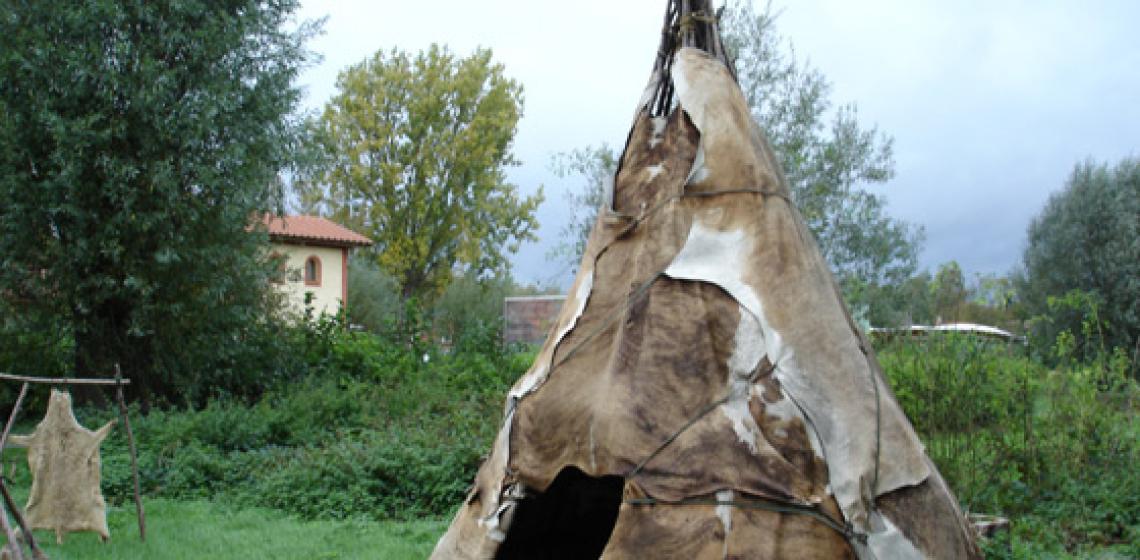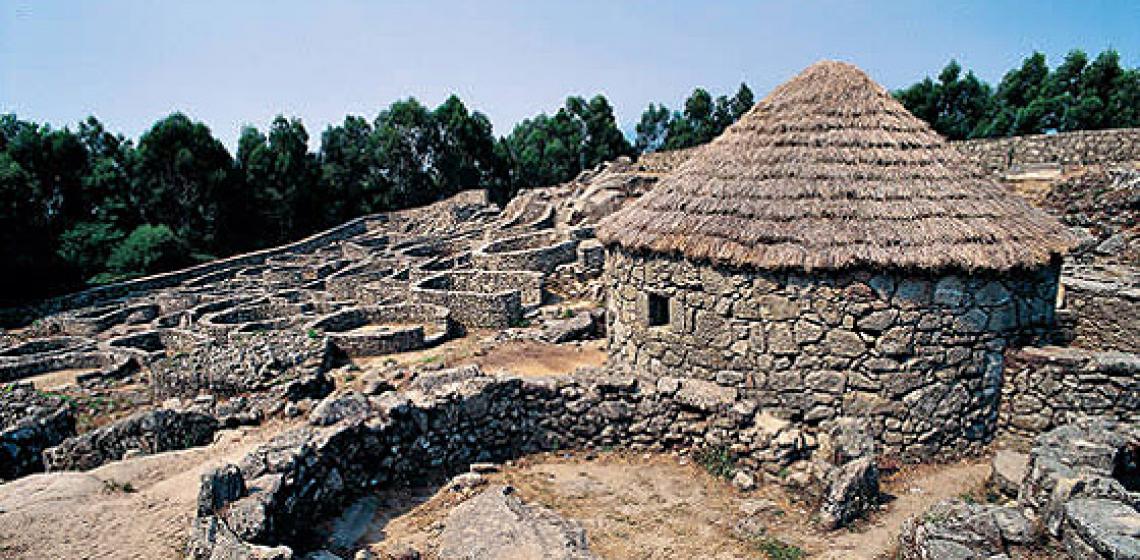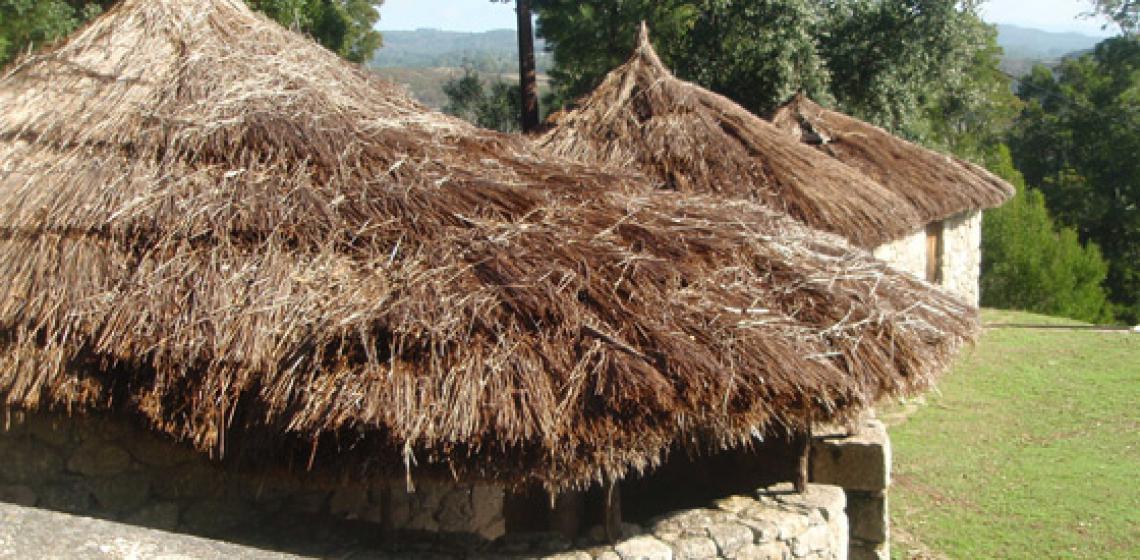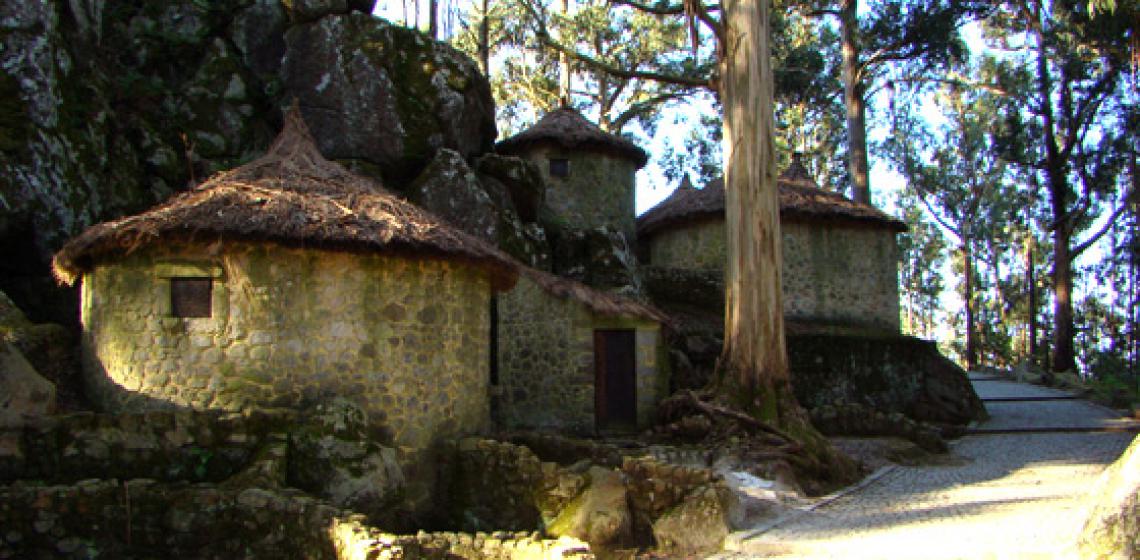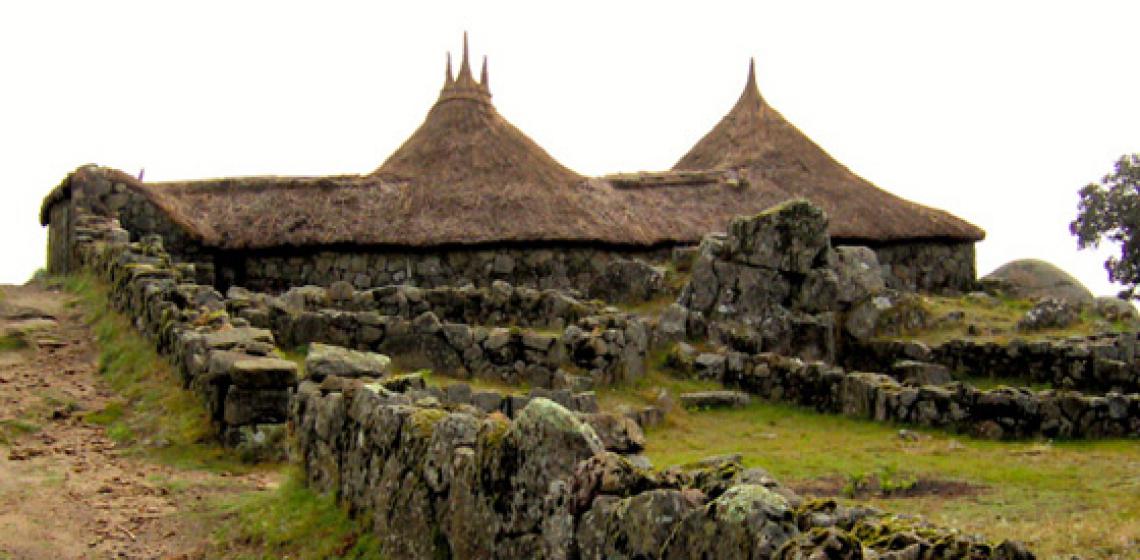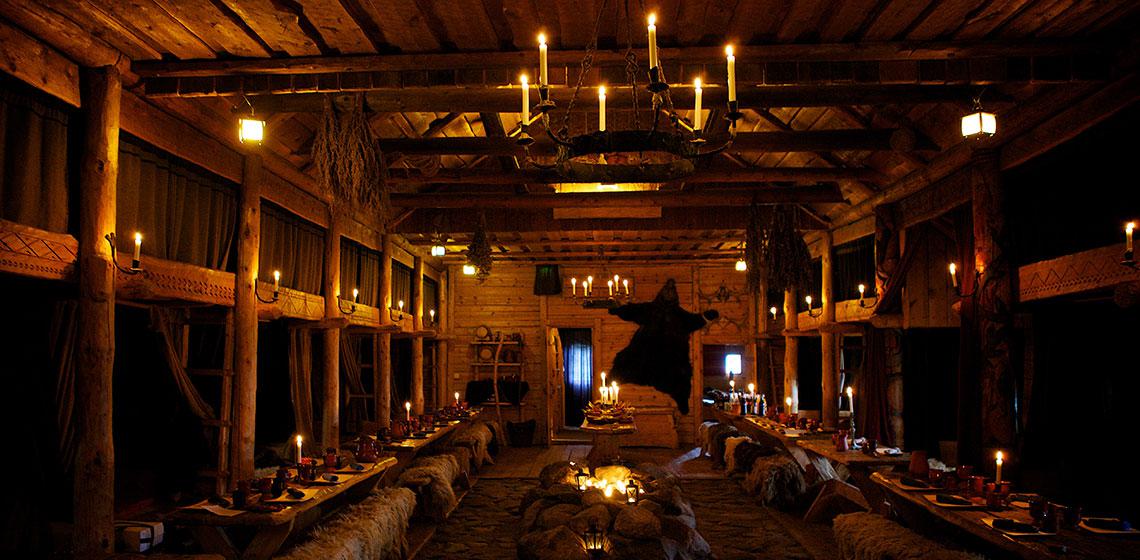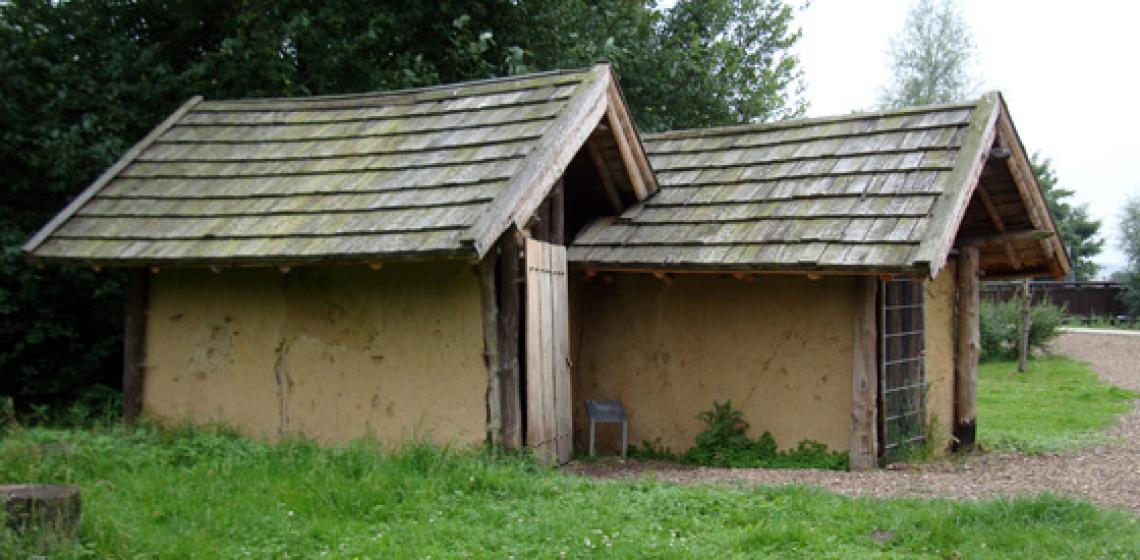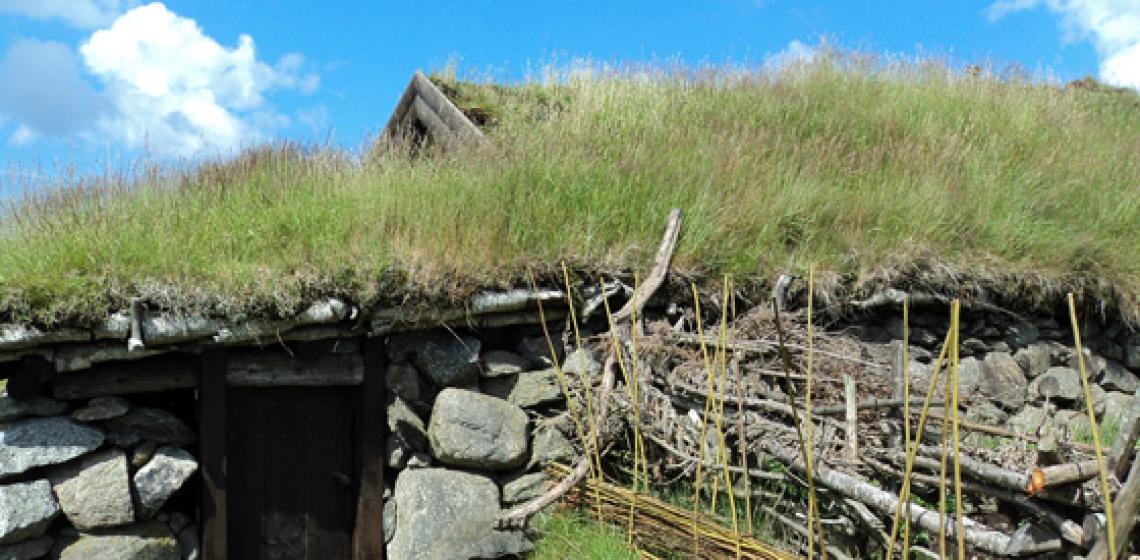Parc Archéologique Asnapio (FR)
With a preparation time between 1988 and 2001, the municipality of Villeneuve d’Asq aimed for an important and attractive open air museum. Here, based on general information instead of specific sites, prehistoric and medieval houses are presented as well as the people constructing them and living there.
With a preparation time between 1988 and 2001, the municipality of Villeneuve d’Asq aimed for an important and attractive open air museum. Here, based on general information instead of specific sites, prehistoric and medieval houses are presented as well as the people constructing them and living there...

